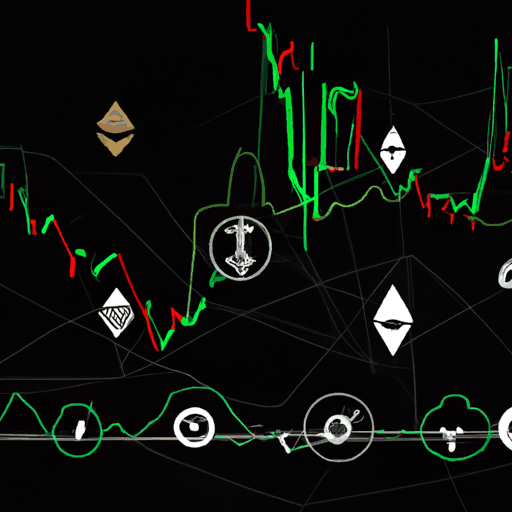
Learn Concept: Bitcoin Market Cap Dynamics and Influences
By: Eliza Bennet
Understanding Bitcoin Market Cap Dynamics
Bitcoin's market capitalization is a critical metric for understanding the cryptocurrency's economic impact and its potential investment opportunities. Market capitalization, often referred to as 'market cap', is calculated by multiplying the total number of bitcoins mined by the current price of a single bitcoin. This figure provides insights into the size and stability of Bitcoin's market.
The recent surge in Bitcoin's market cap, reaching a substantial $1.58 trillion, highlights several influencing factors. Market optimism about regulatory changes, such as those speculated during political events like elections, can significantly affect price and, consequently, market cap. As noted here, political sentiments and proposed pro-crypto policies can buoy investor confidence, leading to upward price trajectories.
Market capitalization also draws a line of comparison between Bitcoin and traditional financial assets, influencing how investors view both. With Bitcoin's market cap surpassing conventional markets, it draws significant attention not just from retail investors but institutional ones too, who often look at these metrics for long-term investment decisions.
Investors and analysts frequently look at Bitcoin's market cap alongside other factors such as supply mechanisms, network security, and external regulatory environments to predict future price movements. The dynamics surrounding market cap are also crucial in defining entry and exit points for Bitcoin investment, thus shaping trading strategies.
Understanding these dynamics can help advanced crypto users anticipate market movements and make informed decisions.



